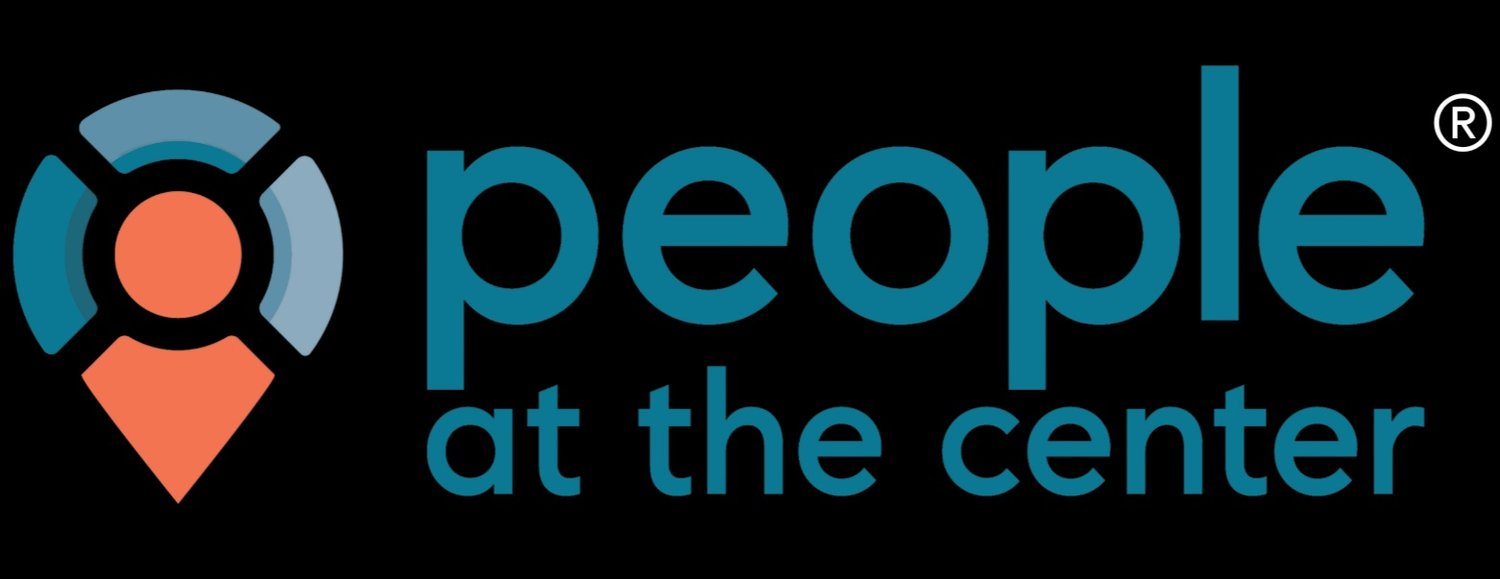How and Why to Assess the Trust Level of Your Team
Trust is everything. In our personal lives, it dictates the health and level of satisfaction we have within our relationships; when trust is established, we feel free to be vulnerable, share joy, and begin building together. When trust is broken, it can shatter us to the core and fragment whatever we were creating with the other person or people.
Trust is key to human relationships, and that fundamental truth goes beyond our personal lives. It exists in our professional lives, as well, and it can make or break the effectiveness of a single employee, a team, and an organization.
How much trust exists in your place of work? Is there a basic lack of trust? How can you actually measure the levels of trust, and why is this important?
Let’s jump into this foundational topic.
Why Assess Trust in the Workplace?
Trust comes so naturally to us, in every aspect of our lives, that when it comes time to examine its presence (or lack thereof) at work, it can be a bit like a fish trying to identify water.
And yet, monitoring trust levels on your team and keeping a keen awareness of trust dynamics can make a tangible difference in the success of your team.
I recently wrote about the high cost of lack of trust in the workplace. For a full breakdown, I highly recommend reading the article, but here are some tl;dr numbers.
Compared with low-trust companies, people at high-trust companies report:
106% more energy at work,
50% higher productivity,
76% more engagement,
40% less burnout.
Establishing a baseline of trust within your team, working on areas that need improvement, and continually monitoring the health of the team are activities that will reap a multitude of rewards, in more ways than one.
How to Assess Trust in the Workplace
In my work with high-performing teams, I have found that the most effective way to understand levels of team trust (ie., team health) is through an assessment. It’s useful if everyone on the team takes the assessment and an unbiased third party such as a coach is the one to review the responses and draw conclusions.
I’ve created a Team Trust Index Assessment to help teams work through this, and you can find it for free on my website. It will take you about 10 minutes to complete, and at the end, you’ll receive an email with your results and some suggestions to move forward.
These are the areas that the assessment reviews:
Testing Assumptions & Open Communication
Good, clear communication that has integrity is crucial to building trust. The questions in this section will challenge team members to reflect on whether they actively seek and offer feedback to each other, give each other the benefit of the doubt, and regularly examine their biases and assumptions. It will also look at how frequently gossip and backchannel communications occur.
Relatedness
How close is the team? While friendship outside of the office is not a requirement of doing good work together, this section examines the level to which team members relate to one another. It will ask team members to reflect on whether they enjoy each other’s company, feel comfortable enough to share about outside interests and family life, and whether team members engage in a culture of positivity and respect.
Understanding Perspectives
Each person on the team brings their own unique perspective to everything — and that’s a valuable thing. In this section, participants are asked to consider whether the team as a whole works to amplify all voices and understand perspectives that may be unfamiliar. At the same time, there should also be room for respectful disagreement, and the assessment will ask team members to evaluate whether there are clear processes in place for resolving conflict.
Shared Goals
Working together with a “we-centric” mentality is key, and builds a sense of ownership among team members. This section looks at how well the team celebrates each other’s efforts and successes and offers support when an individual is in need. Team members will also be questioned about shared goals: are they clear? Is there a group vision in which everyone participates?
Transparency
This section looks at how well the company disseminates information, as well as softer aspects of the team dynamic, like whether team members feel comfortable sharing vulnerable moments, mistakes, or weaknesses. Do people feel safe asking for help? Can they share thoughts and ideas that differ from those of the leader? The responses in this section can be particularly illuminating for leaders.
Start Building Trust on Your Team
With the information you gather from the Team Trust Index Assessment, the overall health of the team becomes clear — and so do the areas that need work.
I’ve included some strategies for building trust in this blog post, but if you really want to jump in and make a big difference, you’ll probably need to bring in an executive coach. When an experienced outsider comes in to work with your team, progress will happen much more quickly.
If you’d like to chat with me about working with your team, click here to set up a call.
